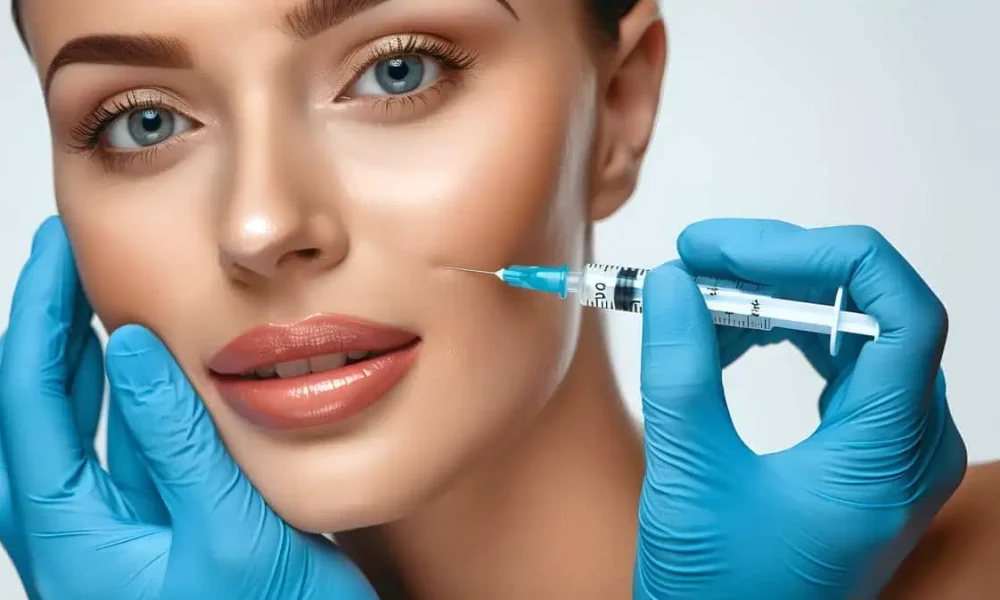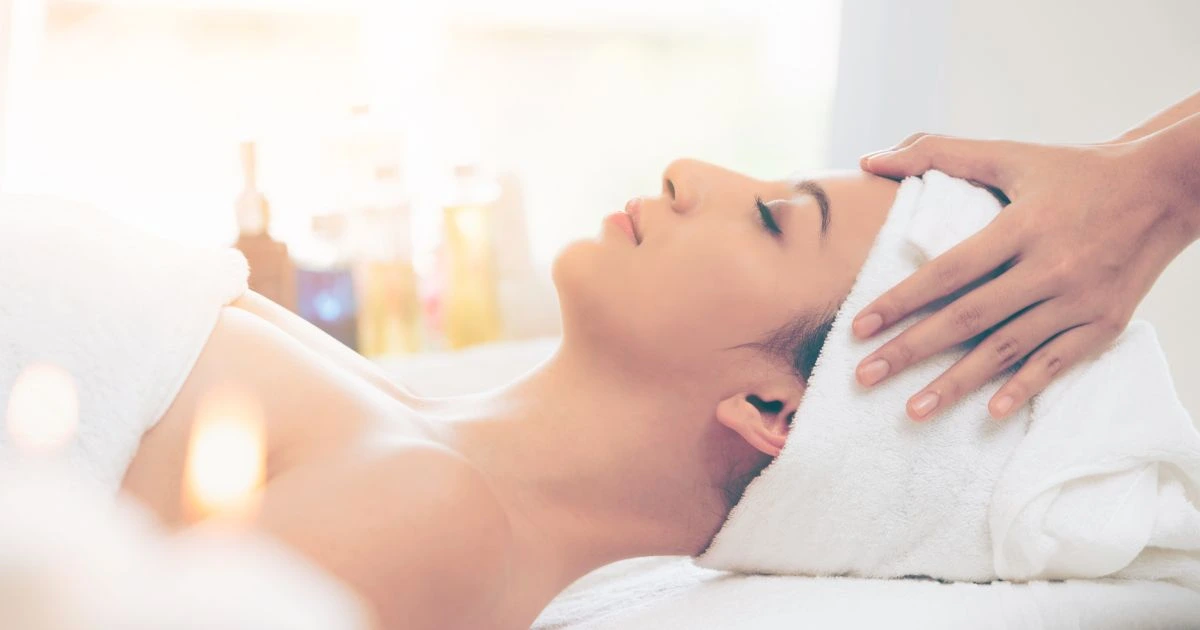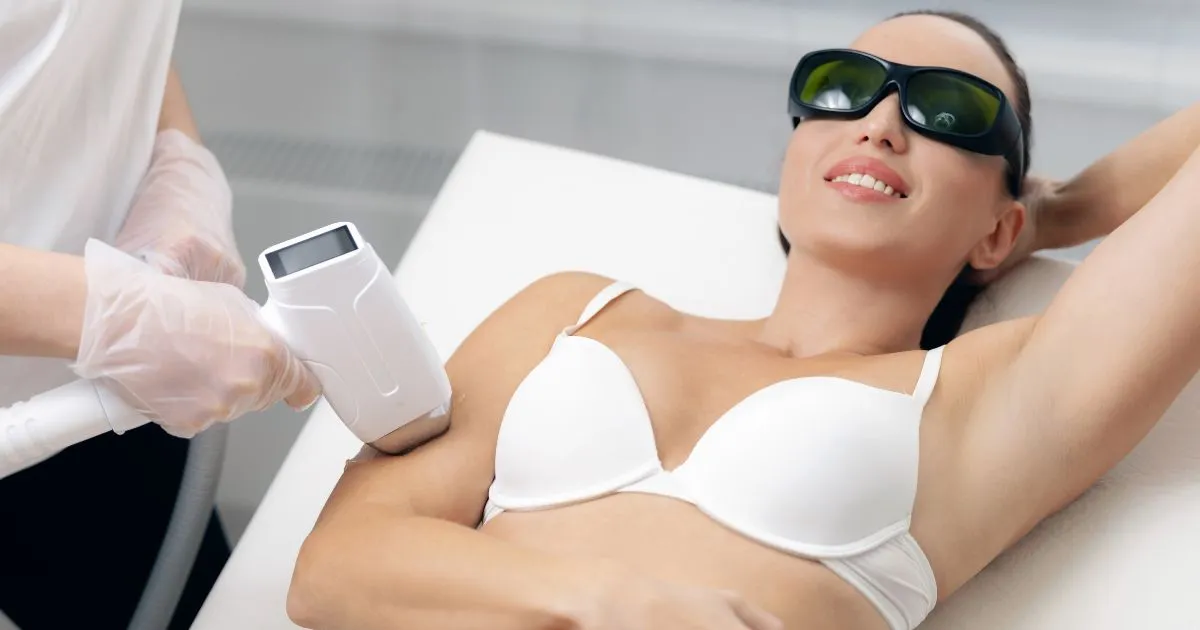Table of Contents
There are two names that come up frequently when it comes to cosmetic enhancements: dermal fillers and Botox. While both treatments are effective at reducing aging signs, they work differently. It’s essential to know the differences between them so you can pick the right one. This comprehensive guide will explain each treatment, its benefits, and how to choose the one that’s right for you.
What Are Dermal Fillers?
A dermal filler is an injectable treatment that restores volume, smoothes lines and enhances facial contours. It is typically composed of hyaluronic acid, which naturally occurs in the skin and helps maintain moisture and plumpness. Other ingredients include calcium hydroxylapatite, poly-L-lactic acid, and polymethylmethacrylate (PMMA).
How Dermal Fillers Work
Dermal fillers replenish lost volume and stimulate collagen production. By injecting them beneath the skin, they fill in wrinkles and creases, improving the appearance of the skin. In addition, they can enhance the features of the face, such as the lips, cheeks, and jawline, resulting in a more youthful, harmonious appearance.
Types of Dermal Fillers
There are several types of dermal fillers, each suited for different purposes:
- Hyaluronic Acid Fillers: Popular brands include Juvederm and Restylane. These fillers are known for their natural-looking results and are often used for lip augmentation and smoothing fine lines.
- Calcium Hydroxylapatite Fillers: Radiesse is a well-known brand in this category, often used for deeper lines and enhancing cheekbones.
- Poly-L-Lactic Acid Fillers: Sculptra stimulates collagen production over time, making it ideal for addressing volume loss in a gradual, natural way.
- Polymethylmethacrylate (PMMA) Fillers: Bellafill is a long-lasting filler used for deep wrinkles and acne scars.
Benefits of Dermal Fillers
Dermal fillers offer a range of benefits, including:
- Immediate results with minimal downtime
- Versatility in treating various areas of the face
- Natural-looking enhancements
- Long-lasting effects, typically ranging from six months to two years
- Stimulates collagen production for prolonged improvement
What Is Botox?
Botox, short for botulinum toxin, is a neurotoxic protein derived from the bacterium Clostridium botulinum. It is used in very small, controlled doses to paralyze muscle activity temporarily. This property makes Botox effective in treating dynamic wrinkles caused by repetitive muscle movements.
How Botox Works
Botox prevents muscles from contracting by obstructing nerve impulses that get to the muscles. This muscular relaxation lessens the visibility of lines and wrinkles brought on by facial emotions. Common treatment areas include the forehead, crow’s feet (around the eyes), and frown lines between the eyebrows.
Benefits of Botox
The benefits of Botox include:
- Quick and relatively painless procedure
- Effective in reducing dynamic wrinkles
- No significant downtime
- Results last three to six months
- Prevents the formation of new wrinkles by limiting muscle movement
Comparing Dermal Fillers and Botox
Mechanism of Action
Their modes of action are where dermal fillers and Botox differ most from one another. Botox relaxes muscles to smooth wrinkles, while dermal fillers give volume to the skin. This distinction makes each treatment suitable for different types of wrinkles and facial concerns.
Treatment Areas
- Dermal Fillers: Perfect for noticeable wrinkles even when the face is not moving. Common areas treated include nasolabial folds, marionette lines, cheeks, lips, and under-eye hollows.
- Botox: Best for dynamic wrinkles, which form due to muscle movement. Typical treatment areas include the forehead, crow’s feet, and frown lines.
Duration of Results
- Dermal Fillers: Results can last from six months to two years, depending on the type of filler and the area treated.
- Botox: Effects generally last three to six months, after which muscle activity gradually returns.
Cost Considerations
The cost of both treatments varies based on factors such as the provider’s expertise, geographic location, and the amount of product used. Generally, dermal fillers tend to be more expensive per session compared to Botox, but their longer duration can make them more cost-effective over time.
Side Effects and Risks
Both treatments are considered safe when performed by qualified professionals, but they do carry some risks:
- Dermal Fillers: Swelling, bruising, redness, and, in rare instances, allergic reactions or infection are possible adverse effects.
- Botox: Temporary side effects are common and include headaches, bruises, and drooping of the eyebrow or eyelid in the event of an incorrect injection.
How do you make the right choice?
Factors to Consider
Choosing between dermal fillers and Botox depends on several factors:
- Type of Wrinkles: For dynamic wrinkles, Botox is usually the best choice. For static wrinkles and volume loss, dermal fillers are more effective.
- Desired Outcome: If you want to enhance facial contours or add volume, dermal fillers are the way to go. If your goal is to smooth out fine lines and wrinkles caused by muscle movement, Botox is more appropriate.
- Longevity: Consider how long you want the results to last and how frequently you are willing to undergo treatment.
- Cost: Weigh the initial cost against the duration of the results.
Combining Treatments
In many cases, a combination of both dermal fillers and Botox can provide optimal results. This approach addresses dynamic and static wrinkles, offering a comprehensive anti-aging solution. Consulting with a skilled practitioner can help determine the best treatment plan tailored to your needs.
Finding Dermal Fillers Near Me
When considering dermal fillers, it’s essential to find a reputable provider. Here are some tips:
- Research: Look for reviews and testimonials from previous clients.
- Credentials: Ensure the provider is certified and experienced in administering dermal fillers.
- Consultation: Schedule a consultation to discuss your goals, ask questions, and assess the provider’s expertise.
- Before and After Photos: Review the provider’s portfolio to gauge the quality of their work.
The Benefits of Dermal Fillers Treatment
In ReLux Medical Spa, dermal fillers are a popular option for facial rejuvenation due to their numerous benefits:
- The results of fillers are natural looking, so they can enhance your features without making you appear overdone.
- Improvements are visible immediately following the procedure, with little or no downtime involved.
- A variety of treatments are available that can be customized to suit your specific needs and objectives.
- Some fillers stimulate collagen production, providing long-term benefits to the skin.
- Fillers are versatile and can be used to treat fine lines as well as volume loss in the face.
Conclusion
Understanding the differences between dermal fillers and Botox is crucial in making an informed decision about cosmetic treatments. Both offer unique benefits and can effectively reduce the signs of aging when used appropriately. Whether you choose dermal fillers, Botox, or a combination of both, the key is to work with a qualified and experienced provider who can guide you through the process and help you achieve your desired results.
We invite you to contact ReLux Medical Spa if you are considering dermal fillers or Botox and would like to discuss your options in greater detail. Contact us today and begin your journey toward a more youthful, radiant appearance.




